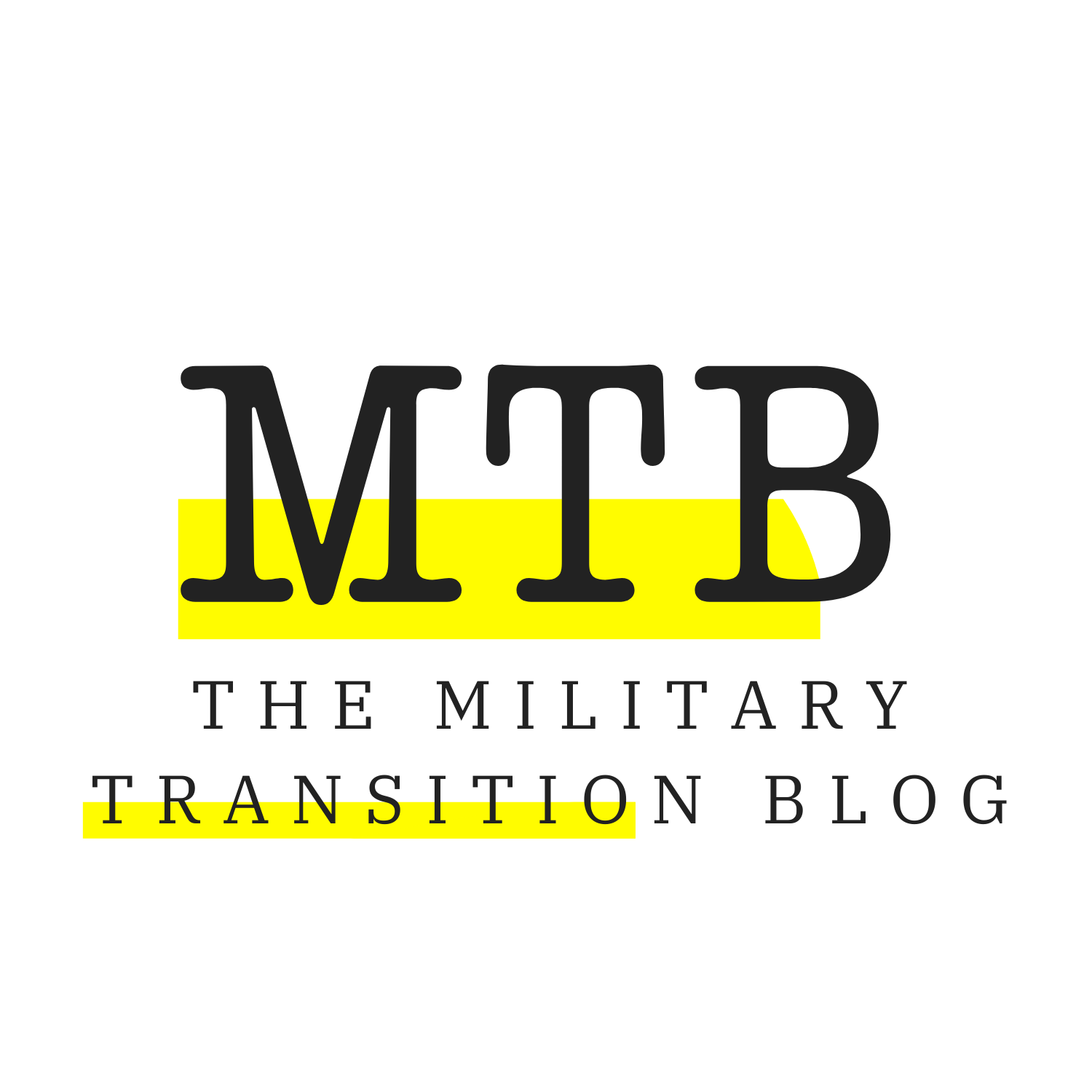Yes, I said what I said and I meant it. You have the unique opportunity to work for a civilian company and continue to receive your military pay and benefits for up to 180 days immediately before an approved
date of separation (DOS) or date of retirement from the military.
Via the Department of Defense’s Skill Bridge program, also knows as the Career Skills Program, you can work with an approved industry partner, civilian firm, or even a startup for up to 180 days for free (free to them), while still collecting your military pay and benefits (paid for you) immediately before you separate or retire from the military. The 6 months you can intern is in addition to any terminal leave and permissive TDY time you are due before your date of separation (DOS) or retirement.
Approval of this program must meet three criteria:
- You must research the company you’d like to intern with on your own time
- You must then consult with your local SkillBridge Manager (someone in the Transition Assistance office or Education Office) to apply for the program
- Receive approval from your unit commander to be released for the requested timeframe.
 What’s the catch you ask? There isn’t one. This is a complete win-win for the airman, soldier, sailor, or marine. Each military service component wants to see you reach your potential inside and outside of the military. With one of this program’s goal being, a strong likelihood of post-service employment–everyone wins. A smooth employment transition from military to civilian life can help you reach that goal.
What’s the catch you ask? There isn’t one. This is a complete win-win for the airman, soldier, sailor, or marine. Each military service component wants to see you reach your potential inside and outside of the military. With one of this program’s goal being, a strong likelihood of post-service employment–everyone wins. A smooth employment transition from military to civilian life can help you reach that goal.
I’ve seen some hiccups in this process and they usually center around limited knowledge of this program by your base representative and/or the chain of command as well as manning issues from your commander’s perspective. I’ve also heard that participation in this program when separating or retiring while stationed overseas can be a challenge. Which brings us to the main monkey wrench in this program. Finding the program and getting a corporation to agree to it are likely the easiest parts…however, getting your commander to sign off on it may be a problem.
Manning, manning, manning. All services are suffering from an actual or perceived manning shortage. We are short-staffed and over-worked. But, this is where your communication with your chain of command about your intended separation or retirement becomes important. If they have ample notice that you’re are leaving, they will have the time they need to plan for your position becoming vacant and make the necessary manning alternations to the mission.
Approval of your participation in this program is completely mission-dependent. There will be NO backfill for your participation in this program and your unit commander must agree that your loss, without replacement, until your actual discharge date is something the mission can absorb. There also must be a way for your commander to maintain accountability for you through the duration of your participation in this program. This can easily be accomplished through some sort of email muster process.
In the end, your commander should want to see you succeed and they shouldn’t do anything to make that success difficult. If they do, however, I personally would elevate it–immediately.
A True Hidden Gem
This is one of those hidden gem programs that seem like an urban legend. Everyone seems to know someone who knows someone who may have done this program, but it’s hard to find the details. Well, this link, will take you to some direct information on the DoD website. I’ve scoured the internet and interviewed my personal connections to find that quite a few people have successfully taken advantage of this program.
Advance Planning is Key
One problem 95% of those transitioning out of the military face, is poor planning. You always think you have more time than you actually do. And with good reason, six months, a year, 18 months all seem like plenty of time to get it all done, but let the below example be your reality check of the day.
What would the separation timeline look like on a calendar if you were to pursue this program? Suppose it’s 1 Jan 2020 and you know that you plan to separate or retire on 1 Jan 2021–a whole year to make it happen. You have much less time than you think you do. You have to factor in the time it will take for an approved separation or retirement date, PTDY (10,20, or 30 days), and terminal leave.
- On 1 Jan 2020, you should notify your commander of your intended separation date, and go through all of the approval wickets for that. By late February 2020 you should have an approved separation/retirement date and then you work on the finishing touches of the next step.
- While you are awaiting your DOS approval, you should have been searching for the company you want to intern with. By March 2020 you should have found that company and received conditional approval through their hiring department, human resources, or their military liaison. You then immediately work with the Transition Office or the Education Office and your commander for official approval through your service component. With an expected start date of 1 June 2020 at the said corporation, you are pretty much done by 1 April.
- From mid-March through your 1 June 2020 start date you will have your official going away or retire ceremony and begin and use your PTDY and terminal leave. For those of you that have stocked up a full 60 days of terminal leave, you would have to move that 1 January 2020 clock back a few weeks.
This highlights 2 things: the importance of advance planning and it will happen much quicker than you think it will.
The Sky is the Limit
Have you always wanted to use your skills to work with a small startup? This may be your opportunity. There are plenty of smaller or fledgling companies want to support the troops but are quite unfamiliar with military operations. This can be your opportunity to enlighten them and show them what you are made of. A military member has a certain way of doing things that are quite unlike our civilian counterparts and these little ticks are invaluable in the civilian sector. We tend to take time and attention a bit more seriously than the average person and those are characteristics any employer would love to have on their team.
I can imagine one of the hardest parts of this process will be contacting a prospective company and telling them you will bring your skills to their corporation for 6 months and they don’t have to pay you a dime. It reminds me of an Air Force program, that is similar across other services, Education with Industry (EWI pronounced like kiwi). In this program, the Air Force allows you to work with a civilian company for 10-12 months at the Captain or Major point in your career. The SkillsBridge (Career Skills Program) and other programs like EWI give the participant opportunities to make industry contacts, provides civilian experience, and improves civil-military relations.
You Are Only Restricted by Your Imagination
The .gov website, sprinkled throughout this article, that gives a bulk of this information lists several participating companies, but you aren’t restricted to just those companies. If you can scout out a company that is willing to let you intern for them for up to 6 months and it can parlay your current skills or teach you valuable new skills, they can be approved. Even if they have never been a participant in this program before.
For those of you who plan to work after discharge from the military, this program is a winner. It moves you in the direction of your future and helps to separate you from your past. The military transition can be difficult for many service members, but programs like these make that transition a little bit easier.
Each service has slightly different methods for applying for the program and each service’s details can be found here.






0 Comments